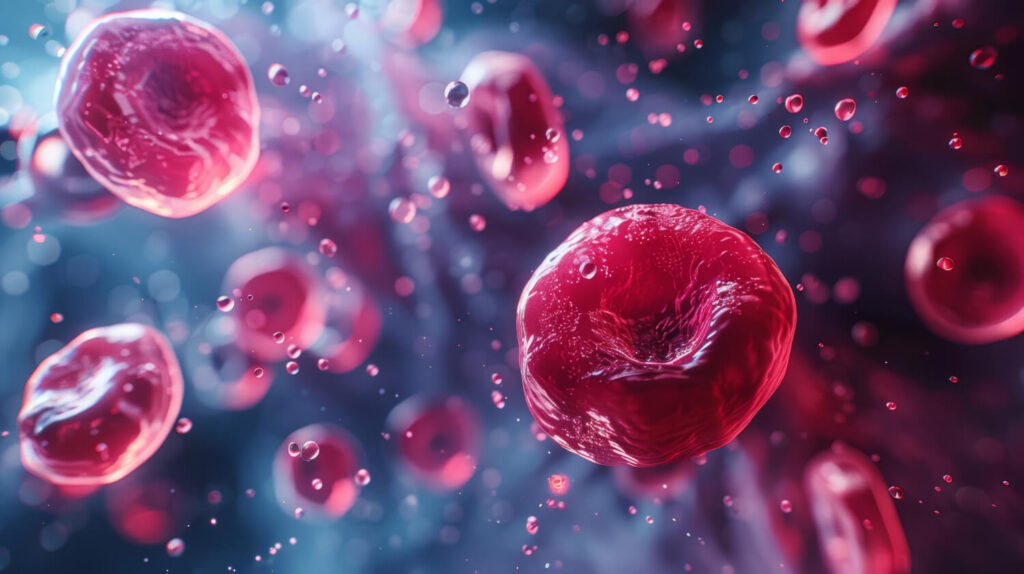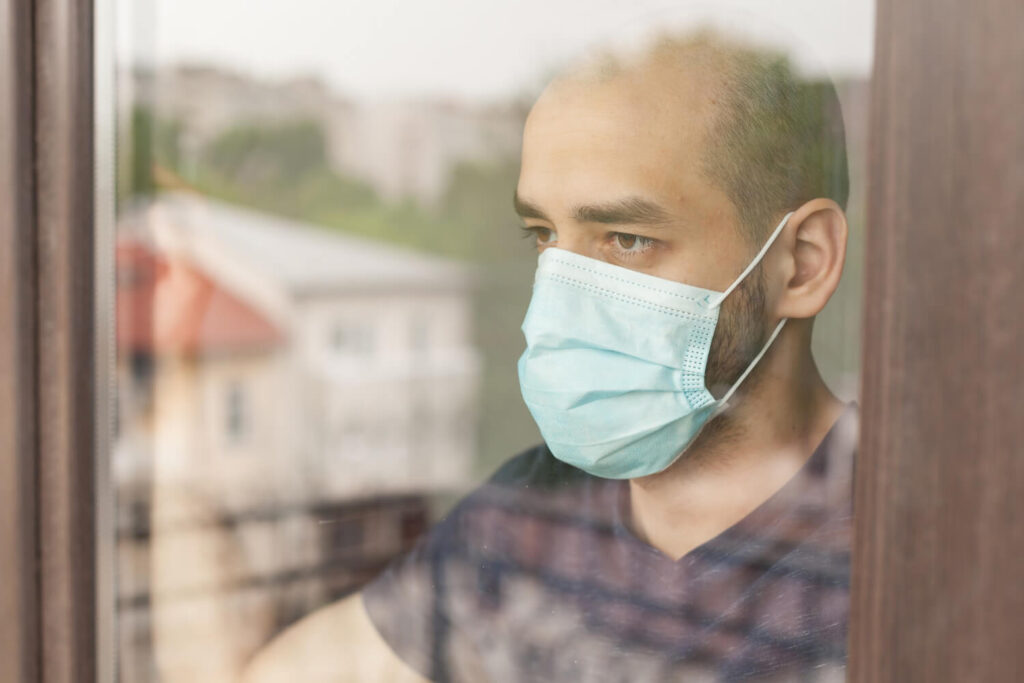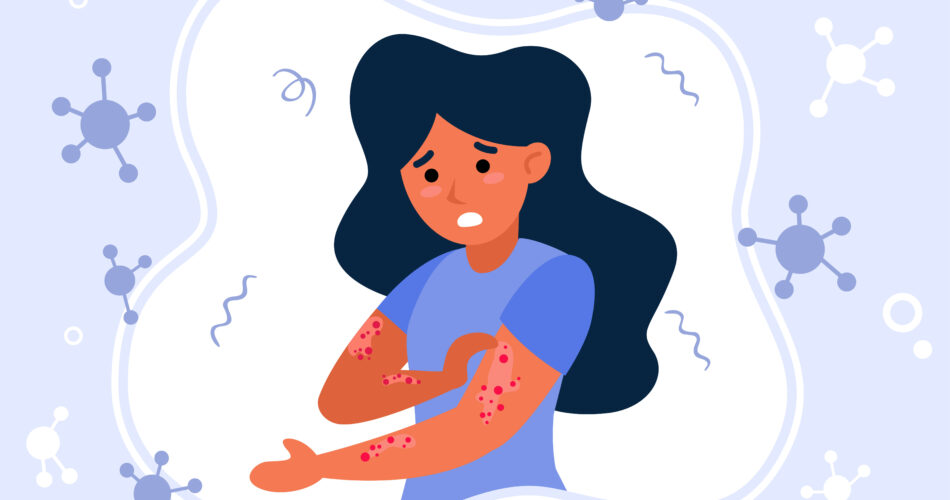Recent news has circulated about the current health threat surrounding Japan. This bacterial disease known as the STSS or streptococcal toxic shock syndrome is an infectious disease that should be monitored right away. With occurrence of this condition, it looms the question of safety again as it may be a possible health threat worldwide.
In that case, it is best to understand what streptococcal toxic shock syndrome is and its included risk to everyone. In this blog, we’ll be gathering the current findings and the current status of Japan. Thus, allowing us to show people whether or not this condition may be a reason for a strep epidemic.
Let’s begin!
Understanding Streptococcal Toxic Shock Syndrome

Streptococcal toxic shock syndrome, also known as STSS, is a rare but life-threatening condition caused by certain strains of the streptococcus bacteria. It is said that streptococcal toxic shock syndrome belongs to the type of bacteria that results in strep throat. More specifically, it belongs to the streptococcus pyogenes variant or invasive group A streptococcus (iGAS). Take note that this bacteria can be carried through skin and throat, which means direct contact is the form of transmission.
The inflammatory effect of this condition should be monitored well for it can bring life-threatening consequences to the patients. When the bacteria invade the body through the bloodstream where potent toxins are released. This triggers the immune system, which leads to the release of an excessive amount of cytokines, causing inflammation, tissue damage, and ultimately, multi-organ failure. Other consequences may involve toxic shock, organ failure, low blood pressure, and etc.
In short, streptococcal toxic shock syndrome is an illness that leads patients to rapid deterioration. The strep infection combined with the rapid rise of organ failure, can be life-threatening. Thus, making it important for patients to monitor their condition better.
While this variant may commonly cause children to develop sore throat, patients who are older adults like individuals above 65 years old can be more prone to streptococcal toxic shock syndrome. Although, that doesn’t mean that the children are not at risk. In previous years, cases of children with the bacterial infection are high as group A streptococcus infection or GAS can result in tonsillitis, pharyngitis, scarlet fever, etc. However, in rare cases, GAS can become iGAS, which is when the patient can develop STSS or streptococcal toxic shock syndrome.
The Global Impact of the Strep Epidemic
While streptococcal toxic shock syndrome is considered a rare condition, the global impact of this epidemic cannot be ignored. The incidence of cases has increased in recent years, posing significant challenges to healthcare systems worldwide. Understanding the extent and distribution of the epidemic is crucial for implementing effective control and prevention strategies.
Cases of Streptococcal Toxic Shock Syndrome
As of the previous press releases, it is the 2nd recorded rise of cases of streptococcal toxic shock syndrome in Japan. The first number of cases occurred last year, which garnered a total of 941 cases. This streptococcal disease increased this year, with their records reaching 977. According to the medical findings of health experts, they are expecting the cases to reach around 2,500 cases.
Meanwhile, the World Health Organization also reported severe cases of streptococcal toxic shock syndrome in 2022, after the risks of a coronavirus pandemic. There are a high number of cases of STSS in 5 European states. During these cases, it also includes the risk of scarlet fever, which affected several children. The affected patients are from the areas of Netherlands, France, Sweden, Ireland, Northern Ireland, and the United Kingdom of Great Britain (UK).
Causes of Streptococcal Toxic Shock Syndrome

According to some experts, these cases are technically not rising, but simply returning after a long period of isolation. During the COVID-19 threat, the pandemic can only be prevented through social distancing and isolation. Now that the virus is gone, people are now back to enjoy life outside their homes. Thus, making them prone to any kind of diseases, one of them being STSS.
Still, that doesn’t mean that people will automatically develop STSS. There are certain causes or risk factors as to why this condition occurs.
Aside from the iGAS infection as the main cause for developing streptococcal toxic shock syndrome, there are other instances that can increase the patient’s risk of having this condition. As mentioned earlier, one of the transmission methods is skin contact. That means, any open wound or open skin can be infiltrated, resulting in streptococcal toxic shock syndrome. Some of the possible reasons for open wounds are conditions like chicken pox, shingles, and other illnesses that may involve open sores.
Meanwhile, factors like age can also be a huge contributor to one’s development of streptococcal toxic shock syndrome. The increased risk of developing this condition during the early ages and older adult phase can occur because of their weak immune system. The bacteria itself can release toxins that can weaken the immune system of the patient, but if the patient is already in this stage, it will be easier for them to develop the condition.
Lastly, underlying health conditions like heart diseases, diabetes, and alcoholism are known contributing causes for developing streptococcal toxic shock syndrome. If you have any of these illnesses, it is best to practice caution to prevent the viral infection from occurring.
Symptoms of Streptococcal Toxic Shock Syndrome
Aside from the factors, understanding the common signs of STSS also plays a huge part towards addressing the condition. With the possible deaths occurring within the 48 hours of being diagnosed with this condition, early intervention is important. That can only happen through early recognition of signs, which can help patients to seek immediate help before worse scenarios can happen.

The onset cases of STSS is often rapid and can be mistaken for other illnesses initially. Although, if the individual has this condition, they may experience the following symptoms
- high fever
- nausea
- rashes
It is worth noting that the symptoms of streptococcal toxic shock syndrome can vary depending on the strain of streptococcus bacteria involved. For example, some strains may cause necrotizing fasciitis, a severe skin infection that can rapidly progress and lead to tissue death. In the case of Japan, several news outlets have reported a flesh eating disease in the form of STSS. So, this strain is currently present in the mentioned country.
Patients may have the following symptoms when they are in the severe stage of STSS:
- sepsis
- skin cells die
- fast breathing
- confusion
- severe muscle pain in the affected area
- a rapidly spreading rash
- a general feeling of drowsiness or exhaustion
It’s best to seek immediate help as dealing with this stage of this condition can be fatal.
Treatment Options and Recovery
The treatment of streptococcal toxic shock syndrome typically involves aggressive medical intervention aimed at addressing the infection, managing complications, and supporting organ function. Antibiotics, such as penicillin, are administered intravenously to target the streptococcus bacteria. In severe cases, additional interventions, such as surgery to remove infected tissue or extracorporeal membrane oxygenation (ECMO), may be necessary to support organ function.
Recovery from STSS can vary depending on the severity of the infection and individual factors. Some individuals may experience long-term complications, such as organ damage or limb amputation. However, with prompt and appropriate medical care, many people can recover fully from this life-threatening condition.
It is important to highlight the role of supportive care in the recovery process. Alongside medical interventions, patients may require specialized nursing care, physical therapy, and psychological support to aid in their rehabilitation. The multidisciplinary approach ensures that individuals not only survive STSS but also regain their quality of life.
The Role of Public Health in Controlling the Epidemic

Public health plays a vital role in controlling the spread of streptococcal toxic shock syndrome. Efforts are focused on raising awareness about the disease, promoting hygiene practices, and enhancing healthcare infrastructure to improve diagnosis and treatment capabilities. Additionally, vaccination campaigns are being implemented to protect vulnerable populations and prevent the transmission of the streptococcus bacteria.
Public health authorities are working tirelessly to educate communities about the signs and symptoms of streptococcal toxic shock syndrome, as early detection is crucial for successful treatment. By improving access to healthcare facilities and training healthcare professionals in recognizing and managing STSS cases, the global healthcare community aims to reduce the morbidity and mortality associated with this severe condition.
Furthermore, research efforts are underway to develop more effective vaccines against the streptococcus bacteria responsible for toxic shock syndrome. These vaccines have the potential to significantly reduce the incidence of STSS and protect vulnerable populations, especially those living in regions with limited healthcare resources.
Prevention and Control Measures
Prevention is a critical component in addressing the streptococcal toxic shock syndrome (STSS) epidemic. By implementing effective control measures, we can reduce the incidence of the disease and protect individuals from its potentially devastating consequences.
One of the key prevention strategies is vaccination. Vaccines targeting different strains of the streptococcus bacteria are being developed and administered in high-risk populations, such as young children and individuals with weakened immune systems. These vaccines have shown promising results in reducing the incidence of streptococcal infections and related complications. By stimulating the immune system to recognize and fight against the streptococcus bacteria, vaccines provide a vital defense against STSS.
In addition to vaccination, practicing good hygiene is paramount in preventing the spread of streptococcal infections. Simple measures, such as regular handwashing with soap and water, covering the mouth and nose when coughing or sneezing, and avoiding close contact with individuals who are sick, can significantly reduce the risk of infection. Public health campaigns and educational initiatives are vital in promoting these preventive measures, as they empower individuals with the knowledge and tools to protect themselves and others from STSS.
While vaccines and hygiene practices are crucial in preventing STSS, antibiotics also play a significant role. Timely administration of antibiotics to individuals at high risk for severe streptococcal infections can help reduce complications and the likelihood of developing STSS. Antibiotics work by targeting and killing the streptococcus bacteria, preventing the infection from progressing to a life-threatening condition. However, it is essential to use antibiotics judiciously to prevent the emergence of antibiotic-resistant strains, as this can undermine the effectiveness of these life-saving medications.
Conclusion
Streptococcal toxic shock syndrome represents a significant public health concern that demands attention on a global scale. By strengthening one’s understanding of this condition and implementing comprehensive disease control and prevention measures, individuals can be ready to face the possible health threats.
If you think this guide about the syndrome lacks other information, you can always rely on the guidance of health experts. Feel free to book an online consultation with an infectious disease doctor or your primary doctor. Discover more about how to protect yourself against the health threats of streptococcal toxic shock syndrome!
